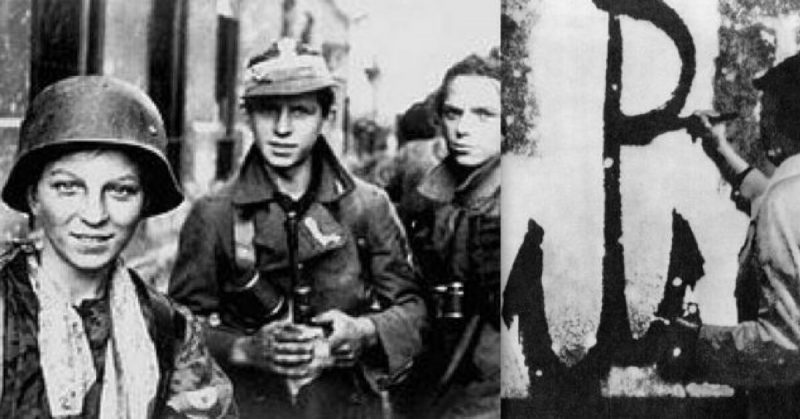When people think of boy scouts what is the first thing that comes to mind? Setting up a tent? Singing songs around the fire? Wearing funny shorts?
All that, yes, but much more lies in the history of the Polish Scouting and Guiding Association. Founded in 1916, they participated in the Greater Poland Uprising (1918); the Polish-Bolshevik War (1919-21); the Silesian Uprisings (1919-1921); the Polish–Ukrainian War (1918) and the most devastating of all wars fought on Polish territory ― World War II.
When the joint Nazi-Soviet invasion overran the Polish Army, the Scouting and Guiding Association was banned by the new regime, as it presented a threat to the occupational government. Under the leadership of Scoutmaster Florian Marciniak, the organization undertook clandestine operations. They were in contact with the Polish Government in Exile, and the Home Army which had been formed from members of the Polish military who had avoided death or capture.
In 1940 the Scouts adopted a codename as an underground resistance movement ― The Gray Ranks (Szare Szeregi). With this name, they continued to operate closely with the Home Army resistance, but always acted as an autonomous unit.
One of their operations cemented the usage of the Gray Ranks codename. They distributed propaganda leaflets among ethnic Germans from Lithuania, Latvia, and Estonia who were part of the Nazi resettlement program. Those Germans were settled in the homes of Poles who had been expelled by the regime. The leaflets were signed with SS (Szare Szeregi), to cause confusion, as the settlers thought they were distributed by members of the infamous Schutzstaffel.
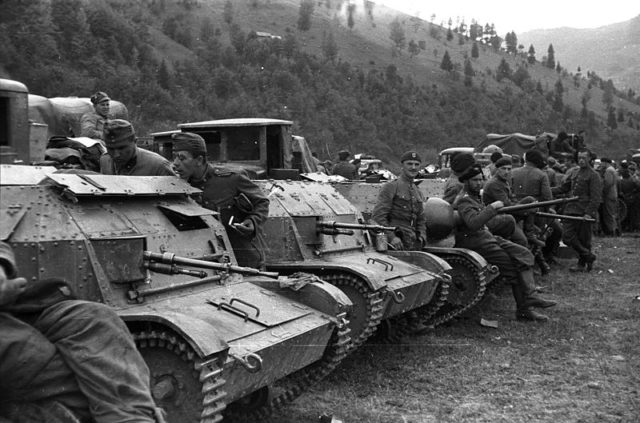
In the first years of the occupation, the Gray Ranks lay low, reorganizing and filling their ranks. During this time, they staged sabotage actions and painted walls all over Poland with a notable “anchor” sign symbolizing the national uprising.
The structure of the organization was formed. Children between 12 and 14 years belonged to the Zawisza units. They did not take part in sabotage or other active resistance but instead were responsible for auxiliary services for the planned national uprising.
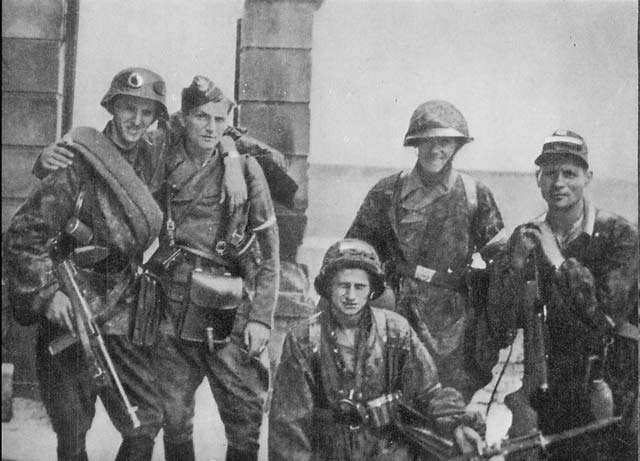
Those aged between 15 and 17 filled the ranks of Combat Schools. These secret schools were educational teaching the teenagers in surveillance, reconnaissance, propaganda and small acts of sabotage aimed to motivate the local population to join the struggle.
The main bulk of the organization were the assault units. Boys who were 17 or older trained at secret NCO schools and officer schools, and were the elite of the resistance movement. They staged large-scale sabotage operations, targeted prominent Nazi officials, and conducted raids on POW camps and other points of strategic importance.
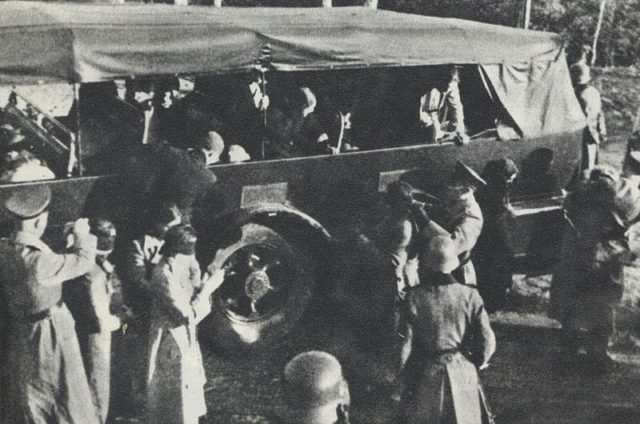
By 1943 they were carrying out assassinations, rescue operations and acts of open armed resistance. During Operation Arsenal the Gray Ranks under the leadership of the Home Army freed Jan Bytnar, an important figure in the resistance, together with 24 other prisoners from a Gestapo jail in Warsaw.
During the same year, members of the Gray Ranks assault units assassinated three SS officers ― SS-Obersturmführer Herbert Schultz, SS-Rottenführer Ewald Lange, and SS-Oberscharführer Franz Bürkl. All three were known for their atrocities against the civilian population.
In the period between August 1943 and February 1944, the Gray Ranks assault groups together with elements of the Home Army targeted German border posts between the German zone of occupation in Poland and the Polish territories annexed by the Third Reich.
Border crossing points guarded this fictional frontier, and Operation Belt was intended to wipe them out. There were 13 successful attacks, with a minimum of Polish casualties. Nevertheless, the Gray Ranks lost one of their most influential leaders during the operation. His name was Tadeusz Zawadzki Zośka.
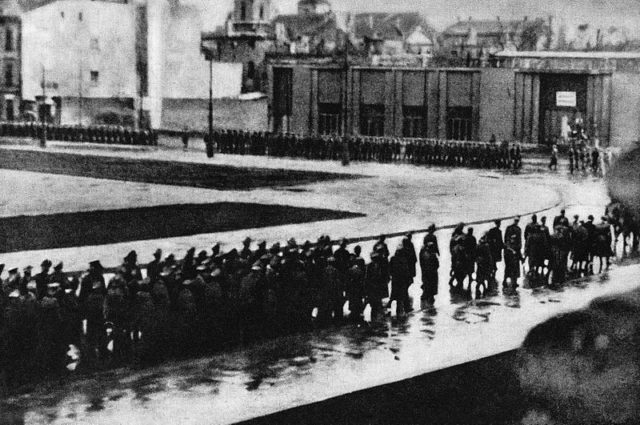
In 1944, the Gray Ranks were involved in another high-profile assassination. Operation Kutchera was the code-name for the execution of SS-Brigadeführer Franz Kutchera.
Kutchera was a notorious war criminal infamous for his fanaticism and extreme harshness. He oversaw the mass execution of Jews, Poles and other victims, mainly of Slavic origin in the occupied territories of Eastern Europe.
He was killed by members of the Gray ranks on February 2, 1944.
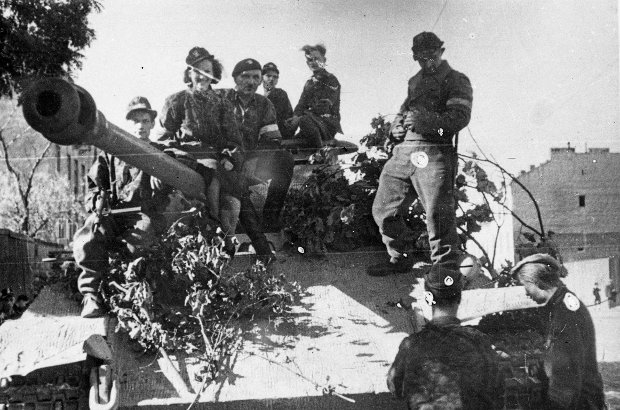
When the Warsaw Uprising occurred on August 1, 1944, the boy scouts were already a group of battle-hardened veterans, ready and eager to retake their country and liberate it from the Nazi regime. Their numbers had swollen to 8,359 members. Girls were heavily involved in all auxiliary activities of the rebellion including medical care; ammunition delivery; correspondence and propaganda.
One of the most notable actions of the Gray Ranks happened during the first days of the national uprising when assault groups stormed the Gęsiówka concentration camp in Warsaw.
The liberation of the camp was conducted with the help of a captured Panther tank, which proved crucial in the battle that took place. Polish casualties were minimal, while most of the German guards were killed or captured. The liberated prisoners, many of them Jewish, joined the uprising.
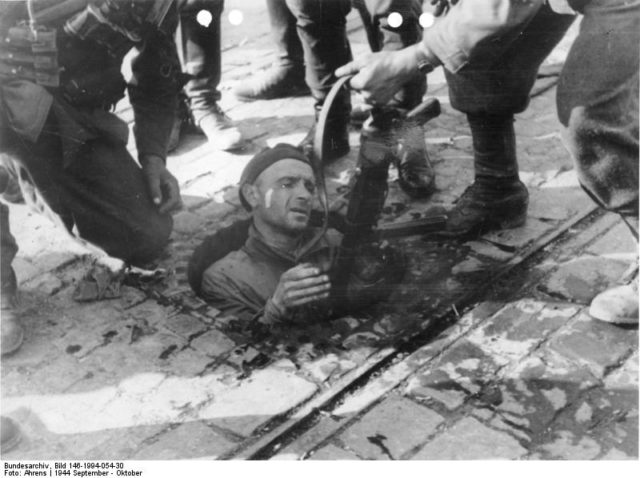
Unfortunately, the Warsaw Uprising was crushed after 63 days of intense combat. The Gray Ranks suffered a devastating number of casualties. For example, the Zoska Battallion, named after the fallen leader, Tadeusz Zawadzki, lost 70% of its members.
Those who survived retreated to the forests, having suffered a terrible blow when victory had seemed to be within their grasp. The retribution that followed the failed insurrection was a horrendous bloodbath carried out by the Germans on the Polish people.
